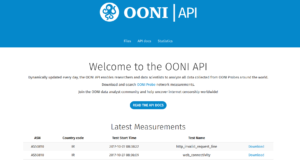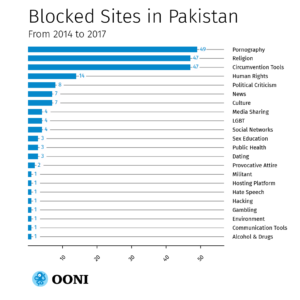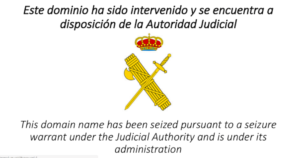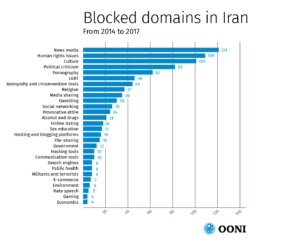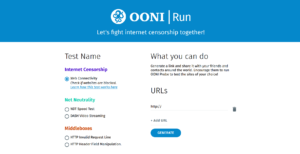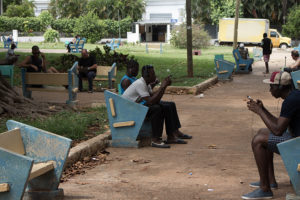Last weekend, a number of social media sites and news outlets were blocked in Pakistan during Islamist protests. Protesters gathered in Islamabad alleged that Mr. Zahid Hamid, the Federal Law Minister, should be removed from his position because he omitted a reference to the Prophet Muhammad in a parliamentary bill. On Saturday, 25th November 2017, law enforcement agencies initiated an operation to disperse the sit-in at the Faizabad Interchange linking Islamabad and Rawalpindi.
As information about the government operation was reported by the media, protests spread across the country, literally jamming roads and closing businesses. The Pakistan Electronic Media Regulatory Authority (PEMRA) prohibited live coverage of the operation at Faizabad, leading to governmental blocking of social media sites and online news channels.
In this post, we provide technical evidence of observed censorship events. We share OONI network measurement data collected from Pakistan, confirming the DNS-based blocking of Facebook, YouTube, Twitter, and Instagram. We confirm the DNS blocking of 14 news websites, as well as the censorship of applications including Facebook Messenger, Telegram, and WhatsApp’s web interface. All of these censorship events were temporarily implemented last weekend, and are no longer in place.
Read the full report here.
Publication date: 29th November 2017
Publisher: Open Observatory of Network Interference (OONI) & Bytes for All, Pakistan

